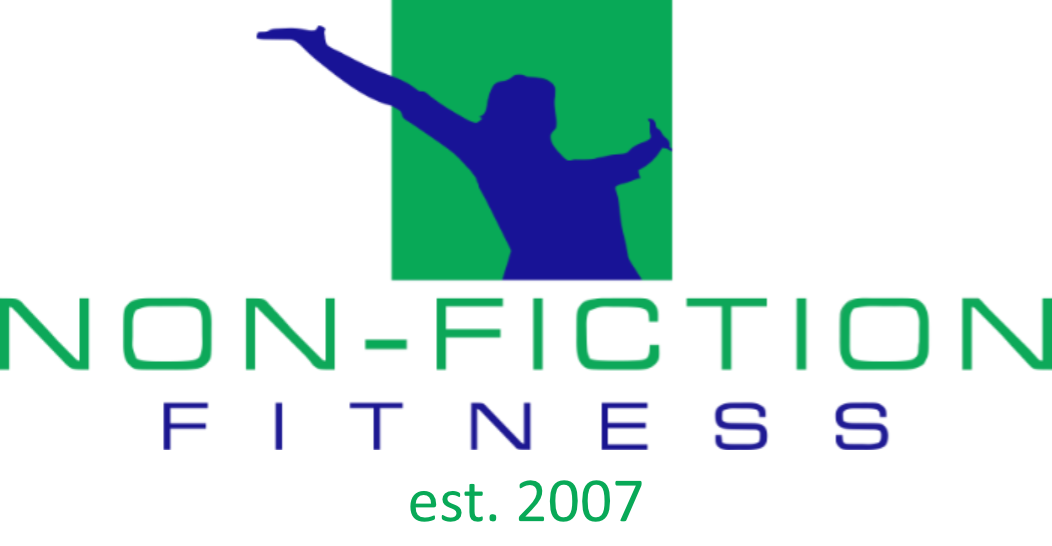It shouldn’t surprise you that as the years go on, most people are moving less and less. Modern technology has given us many reasons to be still, and if we don’t intentionally work to move our body throughout the day, we will likely end up with too much sedentary time.
Let’s look at it this way.
There are 168 hours in a week. Somewhere around 56 of those hours will be spent in bed moving very little. That leaves us with 112 hours.
What do you do with your 112 hours?
Studies show that most Americans spend almost half of that time in front of a screen. Read about that here- Screen Habits of Americans
Also, factor in the time you spend doing non-screen reading, the time you spend eating at the table, and the time you spend in the car. When you add it all up, you realize that a lot of our waking hours are spent moving very little, even if we regularly exercise.
One way technology has actually helped with this problem is by giving researchers a way to see correlations between health problems and movement through the use of activity trackers. Activity trackers are devices used to monitor, record and log your movement throughout the day. Scientists use these to determine how much activity study participants get, and then they can see what the health correlations are to varying amounts of daily movement.
A 4800 person study on this was recently published by The National Institute of Health. It looked at the mortality rates of people who got different amounts of daily movement. It showed that compared with taking 4,000 steps per day, a number considered to be low for adults, taking 8,000 steps per day was associated with a 51% lower risk for all-cause mortality (or death from all causes). Taking 12,000 steps per day was associated with a 65% lower risk compared with taking 4,000 steps.
You can read about that here- NIH Study on Movement and Mortality
So here’s a few things I encourage you to do in response to this:
1. Get yourself an activity tracker. There are many of them out there. I use an Oura Ring, but there are also Fit Bits, Apple Watches and others.
2. Set a daily step goal of between 8,000-12,000.
3. Be mindful of how much consecutive time you spend not moving. Some research suggests that if you stand up and move around for 5 minutes every hour, you can offset many negative effects of being still.
4. Try to find activities that are non strenuous, but involve movement. Maybe a part time job, a volunteer position, or a new hobby.
5. Take more walks. Use a treadmill, the mall, your neighborhood, or any other location you prefer.
6. If you have pain or other disability that keeps you from moving a lot, just do what you can and try to increase gradually. Also consider using Muscle Activation Techniques to address some of the issues causing the problems. Learn more about that here- What We Do For Clients
I hope you found this helpful. Please share with friends and family who might benefit.
God bless!
Chris
